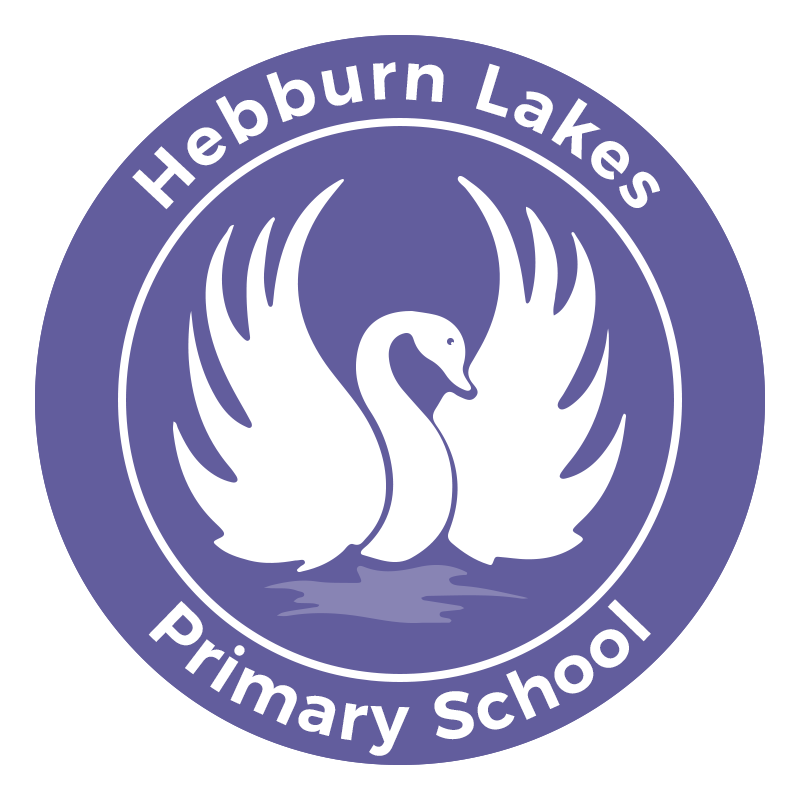Physical Education provides our children with the opportunity to acquire the vital knowledge, skills and understanding to optimise their early development towards life-long physical and emotional wellbeing.
Physical Education when delivered in a safe, structured and supportive environment is a key cornerstone in the acquisition of our children’s self confidence, the development of individual competence and skills, the promotion of cooperative teamwork, the awareness of boundaries and rules and the experience of winning and losing.
Physical Education is taught discretely within a planned weekly sequence of learning units using the Complete P.E. framework. Depth of coverage is secured by weaving P.E. into the wider curriculum across areas such as active playtimes, after-school clubs, swimming and outward-bound residential experiences.
How is P.E. taught?
Physical Education is taught inclusively through a sequential, age-appropriate combination of:
-
Basic movements (such as running, jumping, throwing and catching);
-
Agility, balance and coordination;
-
Team games;
-
Dance;
-
A modified range of competitive sports (such as tennis, rugby or basketball);
-
Flexibility, strength, technique, control and balance (athletics and gymnastics;
-
Outdoor and adventurous activity challenges (including swimming).
Learning is sometimes led by a specialist coach, supported by the class teacher and support staff.
What do we learn about in P.E?
Our children acquire important skills from their earliest milestones. They
learn about the importance of listening to and following instructions to keep
themselves and others safe. They also begin to understand how we can control and
coordinate our bodies to vary our movements and make them more efficient. Our
children learn to express themselves and to set ambitious challenges whilst
reflecting on how they could improve both their individual and team performances.
A wide-range of intra and inter-school competitive experiences are offered which afford our children the opportunity to use and apply the taught skills against others. In this way, the notions of winning and losing are experienced against an instilled backdrop of sportsmanship, grace and fair-play. Our children are given the chance to discover, develop and refine skills that are matched to their individual strengths and interests, allowing them to further their interests out-of-school. They also gain an early experience of vital skills for life, such as swimming and climbing, which then empower them to go on to lead safer, more risk-aware lives. Our children also learn about some of the ways in which our bodies respond to exercise, together with the importance of maintaining good physical health through following a sensible, balanced diet.
How do we assess and monitor P.E?
-
Assessment in Physical Education follows the Complete P.E. framework and begins with the cohort being made aware of the route to success within a particular unit through high-quality demonstration and modelling of the skill/s to hand;
-
Children are taught to recognise sound technique through observation and discussion;
-
Children are given the opportunity to demonstrate progress against the success criteria for the skill/s to hand;
-
Peer-assessment is an important stage in the assessment process;
-
Coach and teacher feedback communicates success and aspects to improve are constructively and supportively offered;
-
Use of video-recording techniques celebrates outstanding achievement for the benefit of all;
-
Children know whether their skills are working towards, at or exceeding the standards within the particular skill set by the end of the taught unit;
-
Assessment records are maintained for future reporting purposes, using the Complete P.E. assessment reporting tools;
-
Monitoring within P.E. is coordinated by the P.E. Subject-Lead and includes termly learning walks, conversations with children and staff and good record-keeping which is then shared with the Senior Leadership Team.

